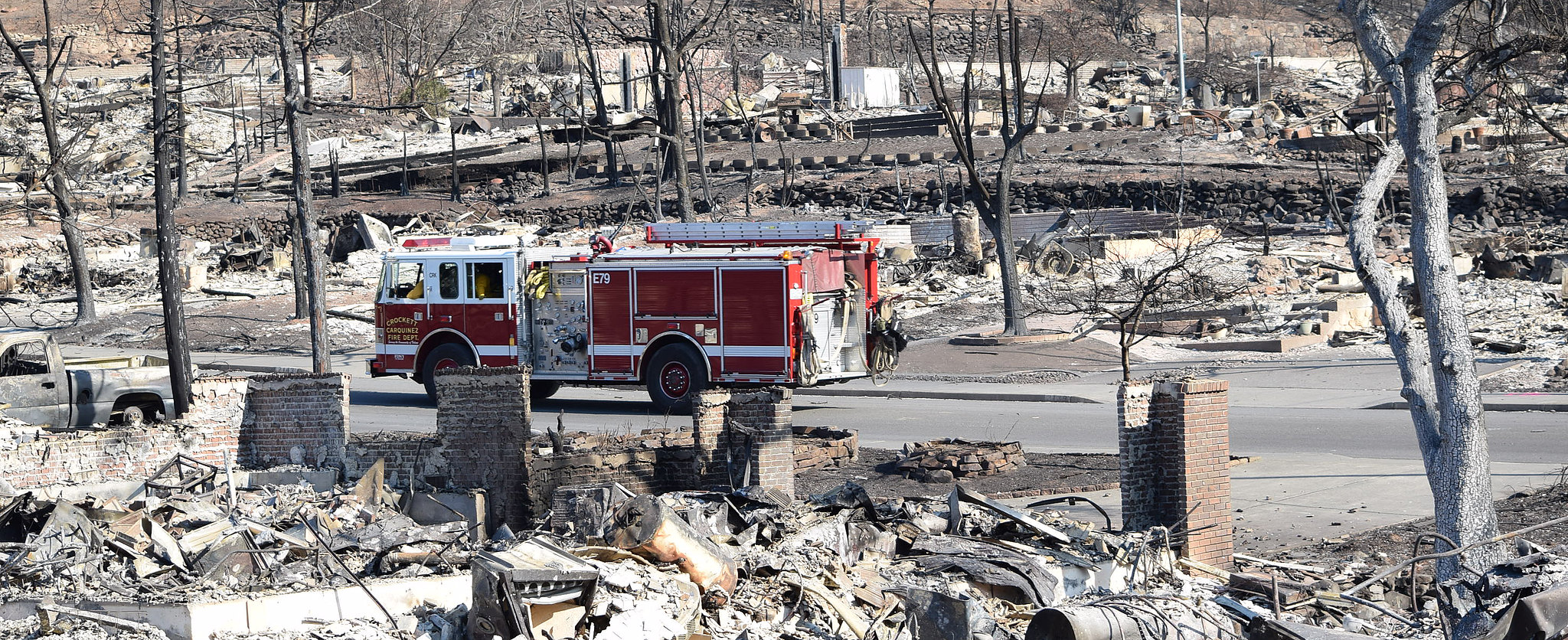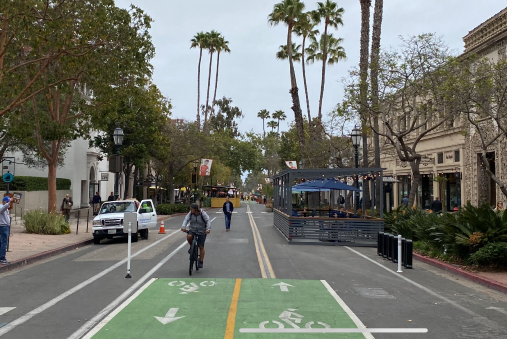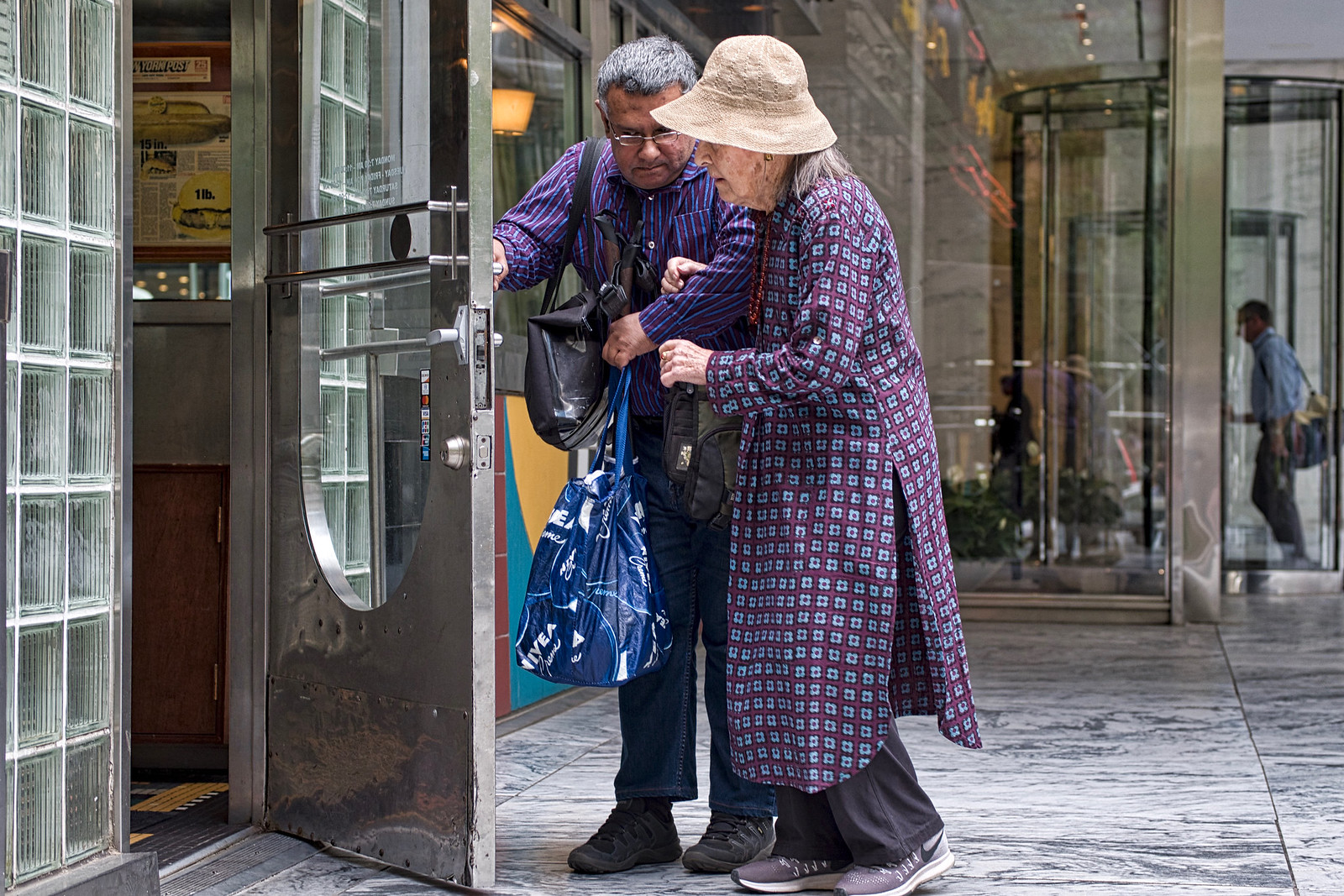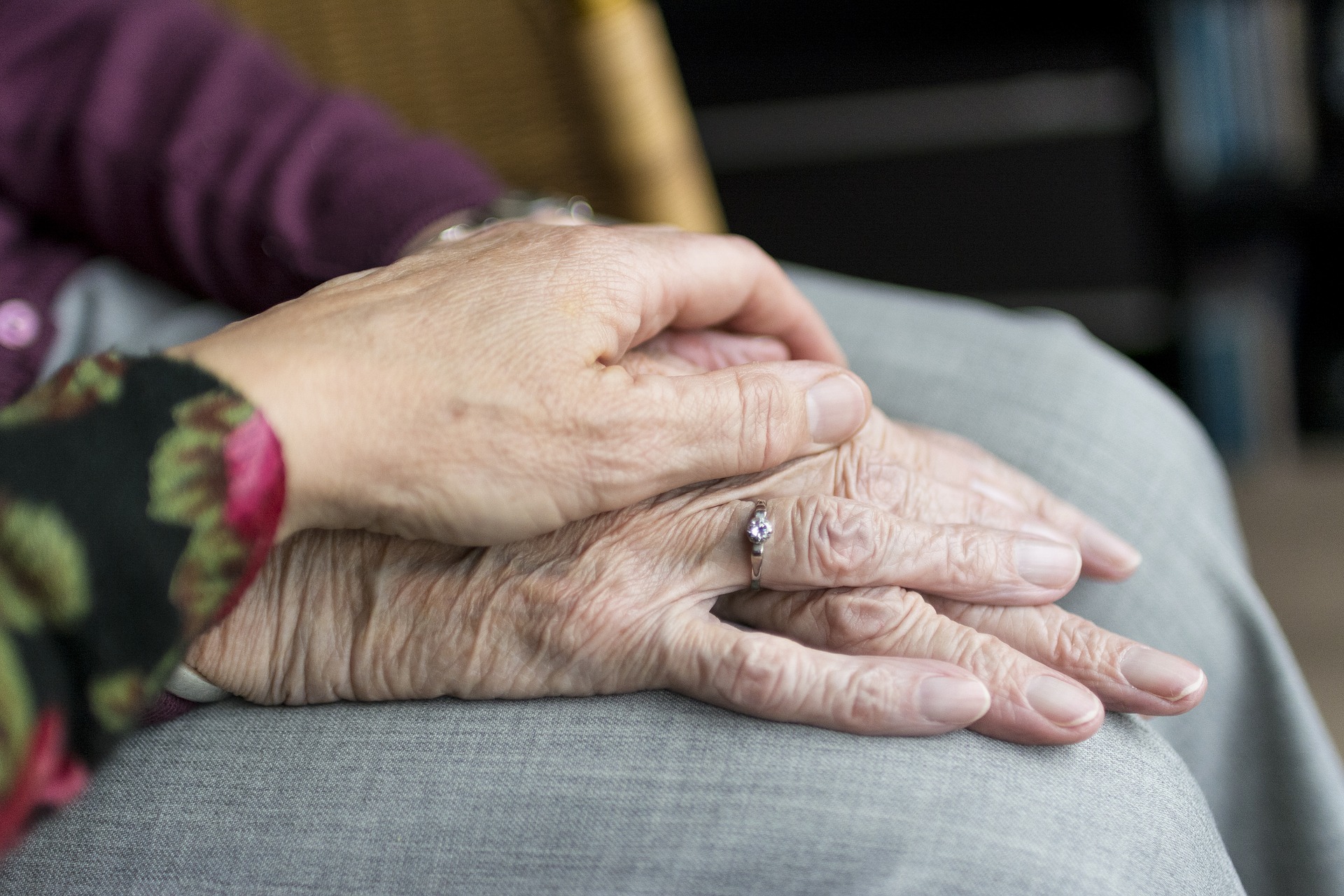
Trusting in a communal response when a threat spreads like wildfire
Though the right response to wildfire often involves fleeing and the correct response to the coronavirus is to stay home, successful responses to public emergencies require a communal effort and rely on mutual trust that our individual commitments to do the hard thing will protect us all.

On Tuesday evening last week, my cell phone blared with an emergency alert. Here in Sonoma County, in northern California, the only time my phone has made that horrifying sound in the past was to warn me about evacuating ahead of a wildfire. This time, it was a “shelter-in-place” notice to slow the spread of the coronavirus.
Though the right response to wildfire often involves fleeing and the correct response to the coronavirus is to stay home, successful responses to public emergencies require a communal effort and rely on mutual trust that our individual commitments to do the hard thing will protect us all.
Sonoma County’s experience with wildfire shows that if we individually do what we’re supposed to do, our communities can avoid a worst-case scenario.
On October 8, 2017, a series of wildfires swept through Sonoma and neighboring counties. Most people learned of the fires through worried calls from friends, neighbors pounding on the door, or smoke alarms going off. The county had limited tools for alerting residents, and hesitated to use them for fear of creating widespread panic. But as a result, by the time the severity of the fires became apparent, first responders had to first focus on warning and evacuating people rather than fighting the fires. Thousands of panicked residents fled through the smoke in the middle of the night, only to get stuck in traffic jams. 24 people in Sonoma County died and 5,300 homes burned down.
In the following two years, people directly affected by the fires have tried to rebuild their homes and lives, and those of us in the broader community have supported friends and local businesses as they seek to return to normal. Government officials, who received well-deserved criticism for their response to the fires, upgraded technology, systems and plans for responding to the next disaster—which came far sooner than anyone expected.
On the night of October 23, 2019, the Kincade fire started in the northern part of Sonoma County. Officials ordered initial evacuations within an hour after the fire started. Over the following days, thousands of firefighters poured into the county—and the weather forecast got worse. Concerned that high winds would push the fire into heavily populated areas and into rural communities surrounded by forest that hadn’t burned for decades, elected officials systematically ordered town after town to evacuate. On a sunny Saturday morning, with little wind and no smoke, tens of thousands of people began leaving their homes. Knowing what happened just two years earlier, most people complied with the evacuation orders. There was heavy traffic but it was orderly, and this time drivers didn’t have glowing embers blowing past their vehicles. By the end of the weekend, more than 180,000 people had evacuated.
As the wind whipped up the fire, firefighters focused on putting out each new flare-up. With empty streets, crews could quickly be repositioned as the fire shifted. They pounded on doors, not to warn residents, but to break into homes that had caught fire and to put out the flames before the entire structure burned. With their fast response, firefighters kept the fire at bay on the edge of the town of Windsor (population 25,000), preventing it from tearing through the town and burning into the countryside that is home to tens of thousands more. In the end, the Kincade fire burned 78,000 acres but destroyed just 174 homes. Nobody died.
In some corners, whispered grumbling was heard: The evacuations were immensely disruptive. People far from the fire missed work and lost income, school was canceled for a week, and the county’s economy took a $620 million hit—all for a fire that did relatively little damage. Why did so many people have to leave their homes if the fire turned out to have been so well contained?
But that question didn’t resonate for most county residents. We remember 2017 clearly enough to appreciate what the Kincade fire could have done, and to understand that it was our community-wide mobilization that meant the Kincade fire didn’t do more damage. By evacuating in advance, residents freed first responders to focus on the fire, instead of having to warn residents, rescue people who were trapped, and navigate through traffic. Our collective commitment to act before the danger was imminent meant that we turned a potential disaster into a non-event.
There are lessons to be learned here about imagining and preparing for a worst-case scenario, but the main lesson we can implement right now, in the face of the coronavirus threat, involves the value of a collective response.
According to the experts, a successful response relies just as much on all of us individually doing the hard, inconvenient or painful thing. We need to stay home as much as possible, shunning the close social interactions with friends and acquaintances who have helped us weather previous threats. As a result, many of our friends and neighbors will see their incomes plummet and will need help from the rest of us. These social and economic changes will be gut-wrenching.
But as residents of Sonoma County know, the alternative to an orderly and committed collective response to a threat isn’t business as usual. It’s a panicked retreat with results that are far worse.
Remembering that, I’m responding appropriately to the emergency alert, and preparing to help restore my community once the threat has passed.
Photo: Santa Rosa Fires via Flickr CC BY-NC 2.0
Topics
Authors
Elizabeth Ridlington
Associate Director and Senior Policy Analyst, Frontier Group
Elizabeth Ridlington is associate director and senior policy analyst with Frontier Group. She focuses primarily on global warming, toxics, health care and clean vehicles, and has written dozens of reports on these and other subjects. Elizabeth graduated with honors from Harvard with a degree in government. She joined Frontier Group in 2002. She lives in Northern California with her son.
Find Out More

Choose forward.

Essential workers: Unpaid caregivers and the future of work

Nowhere safe to rest: Nursing homes in the pandemic

